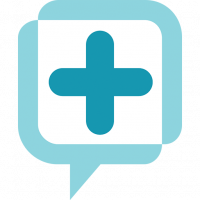Background
Greenville Health System (GHS) — the largest (1,358-bed), not-for-profit academic healthcare delivery system in South Carolina. GHS offers patients an innovative network of clinical integration, expertise, and technologies through its eight medical campuses, tertiary medical center, research and education facilities, community hospitals, physician practices, and numerous specialty services throughout the Upstate. GHS is also home to the University of South Carolina School of Medicine Greenville.
Challenge
The mission of the Heart and Vascular Institute of Greenville Health System is to provide the highest quality, most efficient cardiovascular care for patients. In addition to increasing patient volumes for the heart service line, GHS wanted a cost-effective way of collecting consumer information to qualify prospective patients for the heart service line and refer unqualified patients to primary care practices. The marketing team was tasked with:
- Increasing patient volumes into the heart service line
- Refining the process to qualify prospects for cardiology appointments
- Improving patient referrals into primary care practices
GHS chose the Heart Health Assessment to assist with achieving their growth goals.
Approach
GHS used a variety of methods to promote the heart health profiler. The focal point of their digital strategy was the “Love Life” campaign, featuring a dedicated landing page for the profiler. In addition to linking to the profiler, the landing page also provided resources for finding and connecting with primary care providers and healthy living information.
GHS launched an email campaign shortly before Valentine’s Day. An email was sent to insured consumers aged 40+ with an invitation for them to learn about their heart health. The messaging had a Valentine’s Day theme and encouraged readers to take the online heart health profiler. As an incentive, a first aid kit was offered to consumers who completed the profiler before Valentine’s Day. In just 5 days, 721 individuals completed the profiler. Of those, 20% were at high or very high risk of developing cardiovascular disease.
Results

Twenty-five percent of consumers had a high or very high risk of developing cardiovascular disease in the next 10 years.

Forty-two percent of consumers provided their contact information.















 Thank you for your interest.
Thank you for your interest.